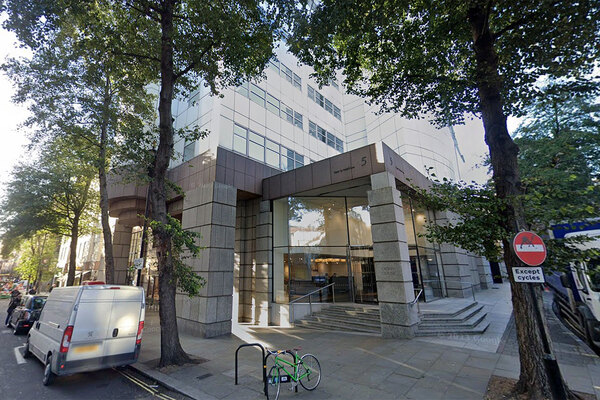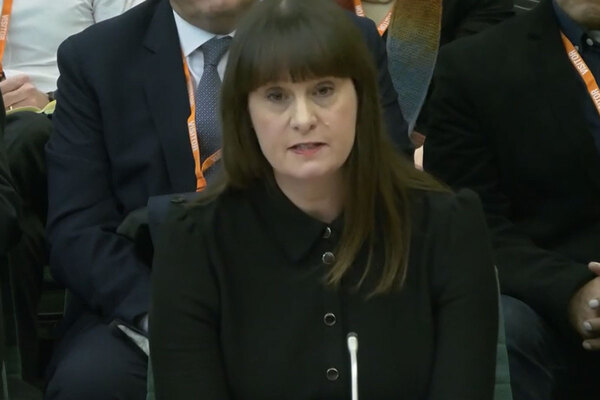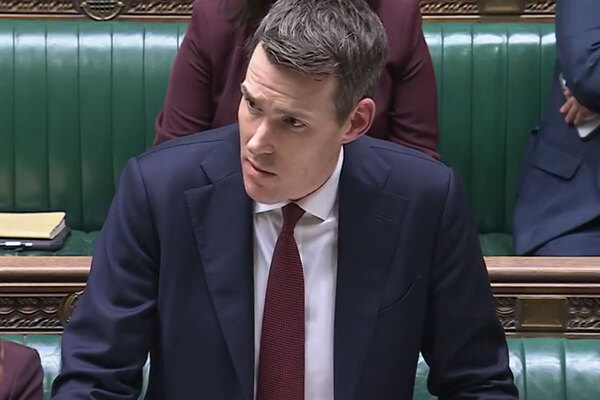You are viewing 1 of your 1 free articles
The rent cap consultation: what the government is proposing
The Department for Levelling Up, Housing and Communities has launched a consultation laying out its proposals for a cap on social housing rent increases, to be implemented next year. It comes amid soaring inflation and a resulting cost of living crisis for tenants and social landlords. Inside Housing looks at exactly what the government is proposing and the impact those changes could have
What the government is proposing and why
After much anticipation, today saw the government finally launch its consultation on proposals to introduce a new cap on the amount by which social housing providers can increase rent for the financial year 2023-24.
The move is in order to protect tenants from a huge rent rise, amid soaring inflation rates and a cost of living crisis.
Social housing rent rises are currently capped by government at a maximum of the Consumer Price Index (CPI) of inflation plus 1%, set in September every year. In April, for example, social landlords were able to increase rents by 4.1%, as CPI was set at 3.1%.
The current cap, agreed during a rent settlement in 2017, was supposed to remain in place from 2020 to 2025. But the maximum allowed increase could be 11.1%, if the Bank of England inflation predictions prove to be correct.
Although the government said it had “no desire to change rent policy before 2025”, it believes that given households are already facing other significant cost pressures, “there is a strong case for making a temporary amendment to the CPI plus 1% policy”.
It said that in light of these “exceptional circumstances”, it believes it is right to introduce a cap “in order to protect tenants from very high nominal-terms rent increases next year, at a time when their incomes are unlikely to be rising as quickly”.
Any cap will apply to social and affordable rent homes. However, shared ownership rents – which can rise at the retail price index of inflation plus 0.5% – will not be included in the cap.
The initial proposed cap would be in effect from 1 April 2023 to 31 March 2024.
But the consultation, which runs until 12 October, also seeks views on whether to set a limit for 2024-25.
The announcement today also indicated that another consultation would be set up, to discuss rent policy past 2025.
The options
The government has put three options on the table, although its preferred option is a cap of 5%.
In its impact statement, it argues that a 5% ceiling “could strike an appropriate balance” between protecting social housing tenants from high rent hikes and ensuring social landlords are still able to increase rents to mitigate the impact of rising costs and can invest in their homes and services.
“Whilst we have considered non-regulatory approaches, we do not believe these would provide sufficient certainty that households in social housing would be protected from particularly high rent increases,” the statement said.
It is estimated that the 5% option would cut £1.3bn from social landlords’ income next year, while there would be a £7.4bn rental deficit if a similar cap stayed in place for the next five years.
There are two other specified caps proposed – 3% and 7% – and there is also an option to leave the cap at CPI plus 1%.
The government estimates that the 3% option would mean social landlords’ income would be cut by £1.8bn next year when compared to if nothing changed. Over the five years between 2023 and 2028, a cut of £9.9bn is expected.
It is estimated that the 7% option would reduce social landlords’ income by £0.9bn next year and £4.9bn over the five years.
The government is also asking consultees to suggest other possible caps.
Exemptions
DLUHC is not planning to exempt any particular social housing providers from the cap, but if it puts landlords’ financial viability in danger, they can apply for an exemption.
It has acknowledged that some parts of the social housing sector, such as supported housing, may be “less resilient” to financial pressures because of their business models or operating margins.
It said that, given its aim to protect tenants from high rent increases, it is not planning to make exceptions for any particular section of the social housing sector, but it “may consider this where there is clear evidence”.
In its impact assessment, the government also acknowledges that some private providers are “small and micro businesses” – the majority of housing associations have fewer than 1,000 homes.
It said it would not exempt small or micro businesses from a 5% ceiling, because it does not think it would be “fair to deny their tenants this protection purely due to the size of their landlord”.
“However, the regulator will retain the power to grant exemptions to individual private registered providers from the rent standard where compliance would otherwise jeopardise their financial viability,” it said.
The cap will not apply to new social housing tenancies
The government is proposing to apply the cap only to existing social housing tenancies, rather than any new tenancies, which social landlords will be allowed to set rent for at CPI plus 1%.
It said this is in order to “ensure that our intervention is narrowly focused on protecting existing tenants from significant nominal-terms rent increases”.
The government said that although the impact of this decision is not accounted for in its analysis, the overall number of new lets compared to total stock is relatively low. For example, there were 246,000 new lets between April 2020 and March 2021, compared to total stock of four million.
Impact on social landlords
The aim of a cap is to protect tenants at a time when they are already facing a cost of living crisis, while energy bills are also set to skyrocket this winter.
However, social landlords are also facing increased costs linked to inflation. The National Housing Federation warned last week that the rising cost of repairs and maintenance, among other pressures, will mean that housing associations will be forced to compromise on what they fund.
The government said in the consultation document that it recognises that, compared to rents increasing by CPI plus 1%, imposing a ceiling on rent increases would leave social landlords “with less money to invest in providing new social housing, improving the quality and energy performance of their existing homes and providing services to tenants”.
It said those impacts are “important to government as well”, so any decision to restrict rent increases “inevitably involves tough choices”.
It also acknowledged that social landlords may not have increased rent by the maximum allowed and said it would welcome information on what they had been planning to do if a gap was not imposed.
As mentioned above, DLUHC said it feels that a 5% cap would strike an appropriate balance between protecting tenants and still allowing social landlords to increase rents.
“On the other hand, it could be argued that even a 5% rent rise would still add to cost of living pressures on tenants at a time when rent affordability for tenants should outweigh other objectives.
“On balance, we believe that imposing a ceiling is the right approach to provide a backstop of protection for tenants in these exceptional circumstances,” it said.
Sign up for our tenancy management newsletter
Already have an account? Click here to manage your newsletters












